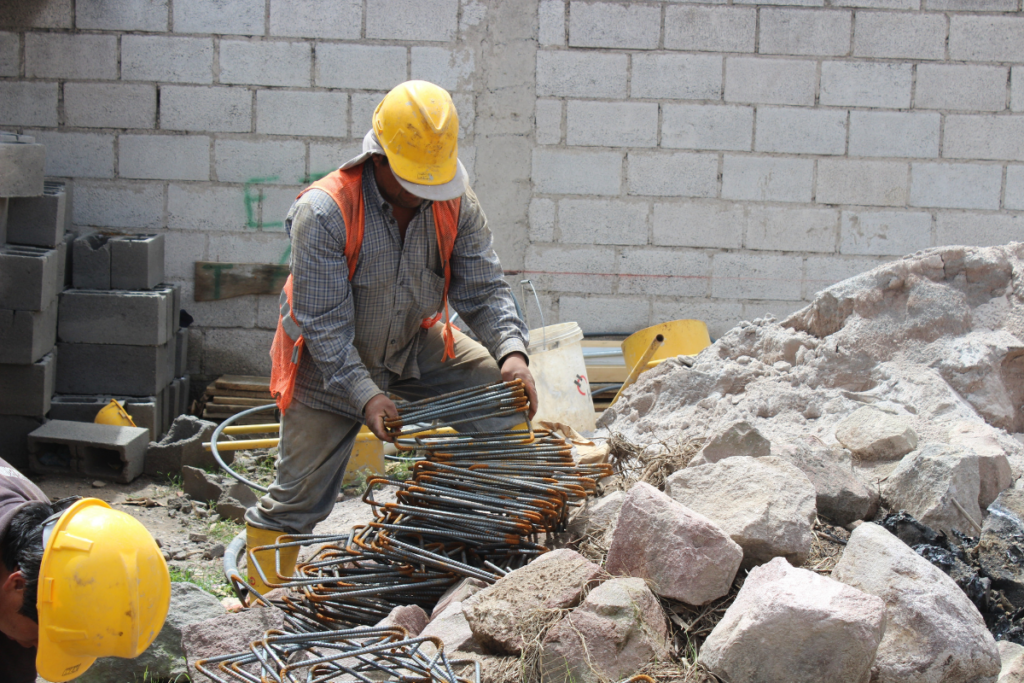Asbestos is a natural fiber that found use in many industrial and construction applications in the 20 th century. However, when asbestos is swallowed or inhaled, it poses a very significant health risk – including mesothelioma, lung cancer and asbestosis – to humans.
Mesothelioma is a rare cancer that develops after exposure to asbestos – there are no other known causes of this cancer. The cancer occurs in the lining of many internal organs, but is most common in the linings of the lungs (pleural mesothelioma) and abdomen (peritoneal mesothelioma). Often, mesothelioma is incurable due to late stage diagnosis and, according to the Mayo Clinic, treatment is focused on keeping the patient as comfortable as possible
While mesothelioma can take years to develop, once diagnosed it is characteristically very aggressive. The latency period – the time between exposure and development of the cancer – for mesothelioma is often 20 to 40 years.
In addition to mesothelioma, exposure to asbestos may result in lung cancer or asbestosis. Asbestos related lung cancer occurs in the lungs themselves and may result in tumors that block airways. Asbestosis, which only occurs from exposure to asbestos, is not a form of cancer, but rather the buildup of scar tissue in the lungs.
Occupations at Risk of Exposure
Prior to the 1980s, asbestos was regularly used in construction and other industrial applications. Asbestos is naturally heat resistant and was used in products ranging from flooring and walling to vehicle brakes and insulation, according to the Mayo Clinic. As such, the many American workers whose jobs brought them into contact with asbestos on a regular, if not daily, basis – known as occupational exposure – are at a much greater risk of developing lung cancer, mesothelioma or asbestosis.
Workers at most risk of occupational exposure to asbestos include:
- Construction workers
- Electricians
- Welders
- Roofers
- Plumbers
- Railroad workers
- Auto mechanics
- HVAC workers & Boiler Mechanics
- Firefighters
- Insulation Installers
- Brick and stone masons
Because of its widespread use in certain industries, jobs in those industries, including construction and electrical work, put workers at a particularly high risk of exposure to asbestos.
Construction Worker Exposure

For a 60-year period during the 1900s, asbestos was used in many construction-related products, including, but not limited to, flooring, ceiling tiles, drywall, insulation, boilers, roof panels and fireproofing materials. To fit and install many of these products they needed to be cut to proper size by workers; however, doing so would expose construction workers to asbestos-containing dust.
While the use of asbestos has declined dramatically, many construction workers are still at risk of exposure. Many buildings built decades ago still contain asbestos products. Whenever these structures undergo renovation, construction workers run the risk of asbestos exposure. Until all asbestos containing building materials are removed from older buildings, the risk of asbestos exposure will exist.
Electrical Worker Exposure

In years past, electricians risked exposure to asbestos almost daily. When installing wiring, electricians often encounter asbestos products in the walling. Often, cutting and drilling into the wall must be done in order to install the wiring, but the drilling and cutting creates dust, exposing the electrician to asbestos. Also, many of the products that electricians encounter on a daily basis in older buildings potentially contain asbestos, including:
- Thermal paper
- Ceiling tiles
- Switchgears
- Circuit Breakers
- Cement siding
- Insulation
- Wall plaster
Unfortunately, electricians face additional dangers because another significant source of asbestos exposure comes from being around the equipment that they are running power to, such as boilers and turbines. Ultimately, the older the building, the greater the risk is of asbestos exposure.
Secondary Exposure to Asbestos
Exposure to asbestos and the risk of developing lung cancer, mesothelioma or asbestosis is not limited to workers. Because asbestos is a small fiber that is transmitted in dust, many family members of workers who were exposed on the job were/are also exposed to harmful amounts of asbestos.
Called para-occupational or secondary exposure, many family members were/are exposed to asbestos when a worker who was exposed to asbestos carrying dust arrived home. When family members come into contact with the dust carried on dirty work-clothes, they are also exposed to asbestos; also running the risk of developing lung issues.
Because of the latency period of developing mesothelioma or other lung diseases caused by asbestos, many workers are still discovering that they have, or are developing, complications due to asbestos exposure. If you or a family member work, or previously worked, in a job that brought exposure to asbestos, contact a mesothelioma attorney experienced in handling asbestos related claims.

